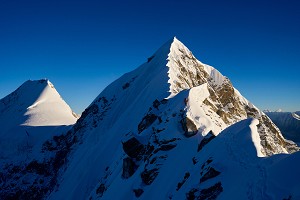
To our disappointment, there was no summit. We had finally topped out from the still air of that wonderfully shaded and completely Baltic couloir into the warm morning sunshine, and significantly less-than-warm mountain breeze. The pile of rubble we had topped out onto was a toothed ridge which split exactly into three at this very point, but contrary to all the maps, there was no summit to speak of. More precisely, there was a summit, but it was somewhere in the distance and it certainly wasn't the one we were shooting for. That sharp spire that could be seen from the basecamp and had appeared to be right at the intersection of the three ridges had tricked both us and ye olde military topographers.
Team members:
Conor Gilmour: Leader, Irish, 23. QUB- fresh physics graduate.
Ronan Kernan: Finance Officer, 21, QUB engineering student.
Alek Zholobenko: Medical Officer, 25, Former QUB Pharmacy postgrad, Russian-British.
Azwan Isa: Dundee Student (former QUB medical student), British, 24
Vladimir Zholobenko: Logisitics Officer, Keele University Lecturer, 50, Russian-British.
Bradley Morrell: Flapjack Officer (yes...), Climber, 19, British.
Route details:
Valley: Dzhirnagaktu
Targets: Everything unclimbed!
Specific, Targets: Peak 5632 (Any route), Night Butterfly (North face), Rock Horse (New Routes), Raven (New Routes), Uighur (Any route).
Actual Routes Climbed:
Night Butterfly (5056m) (North Face- new route, TD/TD-, 700m, BM & AZ),
Rock Horse (5186m) ( North Face- new route, TD, 800m, CG & RK), (West Ridge, New line, AD, 800m AI & VZ),
Moonlight Arête (aka Peak 5102, circa 5050m-5130m) (FA: North Face, ~D. ~700m, CG & RK) (New Route; North Face and Ridge; D; 750m AI & AZ)
Uighur 4979m (FA, Full West to East Traverse; D, RK & CG)
Ice Dragonfly (aka Peak 4892) 4888m (FA North Flank AD 400m (+300m) AZ & VZ) New Route: West Ridge D, 300m (+400m) BM & VZ, AI & AZ)
Peak Ak Baital, East Summit 4970m (not to be confused with Peak Ak-Baital-East) (FA South Ridge PD+, 400m (+400m) AZ & VZ)
Pony 4705m (New Route; North Face and NW Ridge; D-, 500m AZ & VZ)
Kazalnitsa 4786m, (New Route; North Gulley, ~PD 400m AI & VZ)
Our cosy team of six- international, multicultural and completely psyched- had flown to Bishkek out of our respective airports in the British Isles on three separate dates at the start of August. There was Alek, the author himself and the token not-quite-Russian-but-close-enough (which in a Russian speaking country comes in very handy), and in the absence of an actual doctor, the first aid officer. That is to say that since there weren't any actual medical problems, my role on the expedition boiled down to alternately picking up digestive and respiratory bugs for most of its duration. There was Azwan, who, as a British-Irish-Muslim climber studying in Dundee was very much the mature one (in an immature way) and peace keeper of the lot. Then there was Bradley- the Lake District man with aspirations of guiding. He was the youngest member of the expedition, but quite possibly possessed the best sense of direction. Later, for his perseverance in preparing over five kilos of the stuff, he was declared the flapjack officer. Our leader, Conor, the Irishman, who had just graduated QUB that summer, but more importantly, had a beard and even more importantly the ability to look at a route, declare it doable, and then go on and prove it. Then we had Ronan, who is also very much Irish, but has a knowledge of mountains, power plants and the USSR that can only be called encyclopaedic. In addition he can climb and still being a student at Queen's for the foreseeable future, took on the unenviable job of Finance Officer- which naturally meant that the rest of us could wash our hands of dealing with university bureaucracy. Lastly we were also accompanied by Vladimir, who lectures at Keele and back in the day used to go gallivanting all over the USSR on expeditions of the speleological variety, but has been converted to the far more sane pursuit of mountaineering. Being the generally 'nice guy' who would whip up a brew at the first sign of trouble and the only one authoritative enough to get the author to shut up, his presence on the expedition was very much appreciated.
Our objective- new routing and first ascents of the 'alpine' peaks in the basin of the Djirnagaktu glacier- the large glacier immediately west of Kyzyl-Askar and notable as unlike all the other fairly large glaciers in that part of the Western Kokshaal-Too, it is not a narrow but long stretch hemmed in by steep granite walls, but rather something of a large white blob surrounded by all manner of chossy pyramids, amongst them the westerly most five-thounders in the Kokshaal-Too. Another point of interest, and the one that drew us here (apart from the fact that our original objective had been made nigh inaccessible by overland transport by border shifts) was that only one other group had visited this glacier in particular. In retrospect, I could hardly blame perspective pioneers for turning their noses up to this gem of a glacier in favour of the steep granite corners and "proper hard" mixed lines one valley over. On the other hand, not having the skill for these aforementioned "proper hard" lines and no love of rock anyway, I was very happy with the "hard enough" snow and ice lines and the occasional mixed route that our chosen destination had to offer (that said, we have every reason to believe that there are a number of potentially ED lines in this basin). In any case, now that we were, apart from Vladimir, in Bishkek with our collective two hundred kilos of ropes, stoves, tents, ice screws, plushies, walky-talkies and other assorted junk, which would no doubt prove quite useful, or even indispensable, once we were actually up in the mountains, all that was left was to wait for Vlad (whose working commitments would keep him for a couple more days). That and we still had to acquire enough edible provisions to match the weight of our gear.
Now, good eating plays a pivotal role in the success or failure of any expedition (and probably every other venture you can think of). Needless to say, like any other mountaineers, we all appreciated the value of a good feed, and took a great deal of care ensuring that we had enough food (of the variety that would be to everyone's taste) and gas to last us longer than we were there for. Of course no one managed to take into account how altitute plays with food preferences, because almost non of us had previously camped at that kind of elevation for more than a few days (and the only one who had, had also spent most of it in the good company of Montezuma). As a result, while the sheer choice of our supper, and lesser choice of our breakfast menus was something that left only half of the participants nostalgic for real food, it had turned out that predictably we didn't bring enough cheese (a complaint of the Lake District Man that I happened to share). On the flip side, by some miracle, we did end up with too much chocolate (and miraculously this was also bemoaned; mainly by our expedition's chocoholic), sweets and dried fruit. There was also a slight major panic when I couldn't find smash or proper dried milk, but this was solved handily enough by Vlad's extra luggage space and in the end we actually ended up with too much of the last item. It should be noted that half of our provisions came from small supermarkets (in the absence of large supermarkets) and the other half came from the Osh Bazaar, which for those not used to bazaars was a positive adventure. Most memorable were the immortal [-ly hilarious] words of the Kyrgyz undercover drug police (in the words of one member of the expedition, his "most pleasant police experience"), minding a stall as the stall keeper went to fetch five kilos of halva and buying up all of the dried and cured horse in the meat section. Expeditions that do not like adventure are advised to buy their food at home, and stay there (let's be realistic; there aren't a lot of those heading out anyway). Expeditions on a budget, on the other hand, will probably find it mildly worth their time to buy supplies in Bishkek, although certain items (like dried milk and cheese) are best bought in France, because let's be honest here- not even the Russians want to have anything to do with Russian cheese.
Following this protracted period of organization, we had finally completed the drive in on the eleventh (of August), following two days of near non-stop trundling (and for myself, near non stop chundering) over around 350km over all kinds of roads and lack thereof in an URAL which happened to be older, but faster on the uphill, than most of the members of the expedition. We had arrived in the middle of what appeared to be the only swamp left in that neck of the woods. Luckily for us, we had already passed our drop off point by then and were almost disappointed at not having to repeatedly spend days digging twelve tones of Soviet Engineering out of Kinder Scout-esque mire. In any case, what awaited us next was several days of hauling the best part of two hundred kilos of gear and about as much food from the starting point, at an altitude of three thousand four hundred meters, to the final site of the then hypothetical basecamp. This was to be situated at somewhere between four and four thousand four hundred meters, roughly twelve kilometers from our drop off, horizontally speaking. So you might think that carrying three or four loads of twenty over a distance of around eight miles with no more than one kilometer of uphill should take at most two days? Well, it appears that when you're on completely pathless terrain and are in possession of thirty year old cartography (and the author's dubious wits) to guide you, and only have two thirds of your normal concentration of oxygen to work with, along with a most uncooperative climate, it takes at least twice as long. All I can say is that we did spend a certain amount of time helping Sasha (our most wonderful driver) dig out the old Ural, scouting and building the mother of all basecamps.
We chose a site around half way up the glacier on a thin streak of moraine. It was a fair compromise between the distance we would have to lug gear up, versus the distance from the base of the routes and the flatness versus the availability of materials and 'amenities'. In short, for a bystander who didn't know better (that is, if you had bystanders on a remote glacier), it would look like a five year old had pointed at the centre of the glacier and said "there!" Still, I would proclaim this to be the mother of all basecamps. That isn't to say that this basecamp was anywhere near as intricate or well fortified as some groups' camps, we didn't build any actual structures, such as igloos or moraine outhouses, which was unfortunate, as one's bottom does get rather cold on a windy day (to say the least). We did, however, level a significant platform for our two tents, paved the ice under the main tent's 'bedroom' with a stone patio, an input of time and effort which no one regretted, and built a small windbreak, though we'll never know whether the constantly collapsing wall was fit for any purpose other than drying our socks. We even built little stone 'fridges' for the meat, cheese and chocolate (if only to keep them out of the way), as well as several lightning rods- a new one for every time the author knocked over the previous one. Lastly, we even pitched tents. One was Conor's two man tunnel, which acted as sleeping space for two. The other was the four man, "Electron", a cheap Hi-Gear knock-off of a proper tunnel, chosen for its spaciousness, weight, and most importantly in a party composed predominantly of zero-income students, price. Interestingly, this "camp site" monstrosity performed almost perfectly at four thousand meters, apart from a small hitch with the zips, when the gradual melting of the glacial 'foundation' widened the placement. This was remedies with one Conor wielding one knife and a slight adjustment of the pitch.
It turned out almost immediately that equipping our base camp with all these comforts was not time wasted, as we spent fully half of our time up on the glacier hiding from inclement, unpleasant and occasionally scary weather. Luckily, this mixed snow and rain never lasted for more than two days at time, or even the Kindles and chessboard would have become powerless (literally in the case of the Kindles) in the face of encroaching cabin fever. On the up side, whenever the weather was good enough, everyone was chomping at the bit to sink their crampons into the side of a mountain. That said, excessive precipitation doesn't make for the most stable snow conditions and around a third of attempts were aborted due to either dangerous, or plain silly snow conditions (sixty degree powder swimming would count as both). Admittedly, being mostly a summer alpinist and occasional Scottish winter kind of guy, at first I didn't believe in silly snow conditions and scoffed at descriptions of nigh-impossible to cross soft snow.
That was until one fine morning I told Vlad that that line on Kucyk looked like it could be started at nine and still allow us to be down before lunch. In the end, despite a fifteen minute walk-in, a grand total of a height gain of only five hundred meters and at least one pitch of perfect (and rather curiously formed) ice, it's not hard to guess that we weren't down for lunch. I can't remember whether we were back for supper or had missed it and had to make our own, but predictably, we weren't back at basecamp until nightfall. After that, my faith in the existence of silly snow conditions was restored. At the same time, towards the end of the expedition the temperature dropped and conditions improved drastically, marked by a run of successful ascents by the whole party, although on occasion we still managed to find some abysmal snow. Perhaps the worst of this slush was to be found in the upper reaches of the east and west branches of the Dzhirnagaktu glacier, where when returning from routes (and occasionally when heading out), we would flounder in knee or occasionally waist deep slush. Another interesting feature of the glacier was that while the main body of the Dzhirnagaktu was incredibly level and completely free of crevasses, the upper western branch was brimming with narrow crevasses lying under half a meter of snow. These happened to be just wide enough to swallow a leg, but a little narrow to disappear down completely. I would be lying if I stated that these made descending down to the basecamp after certain routes more entertaining, but these gruelling post-holing plods back to camp and a warm meal were the price for snatching that extra hour or two in a cosy sleeping bag and the privilege of roping up in the predawn twilight (half-four) to climb mostly by the light of day.
Now one of the notable features that we woke up to on any day with any visibility was the large, aesthetical, and mostly seraced, two kilometer wide face of Motyl that pretty much dominated the glacier. We all spent significant amounts of time staring at it, but it was a while before anyone manned up enough to actually climb it. Yet even if it looked incredibly steep from afar, it wasn't actually that high and in any case, it is well known that snow-ice faces are seldom that steep, so what was the problem? That would be the centre of the face, which was guarded by some fairly awesome seracs, and most of the top section finished with an excellent barrier of cornices. Avalanche cones and large, half buried blocks of ice at the bottom of the face told us that not to going there was the right thing to do. In fact, at first glance you'd have to either go all the way left or all the way right to be safe- neither approach holding much aesthetical value. For this reason we spent most of our non-climbing time (which wasn't spent hiding from the weather, reading, playing chess, sleeping or being bored out of our collective minds) staring at that face, looking for that unlikely corridor of safety through the middle of the face. Eventually Ronan figured out a relatively safe line that skipped most of the central serac wall while still looking fairly direct. In fact, when he first pointed it out, I just shook my head and thought that there was no way I would be trying something that steep, long and generally inescapable looking (in fact it was probably perfectly escapable to a rationally minded mountaineer). Of course, after some time, I had ran out of routes which a) had a shorter walk in and b) were easy enough, and ended up looking at Ronan's line in a whole new light. Now there was a third condition which I haven't mentioned, and that was willing partners. The author is a self admitted wimp and prefers routes on the gentler side of the scale, while most other members of the expedition are somewhat more enthused by the sight of a good, desperate looking line, especially one that had spent the best part of the last two weeks mocking them. As such, Bradley eventually managed to persuade me that this north face would be a sensible and furthermore enjoyable (!) undertaking. At this point, I can't really argue with that, because as a climb it really was both sensible and magnificently enjoyable.
Our first attempt was scheduled for the 27th of August and failed magnificently and utterly. I have to admit that this was mostly my fault. This is how it happened: At three AM, the alarm sounded. At five seconds past three, Alek switched off the alarm and said, "Bradley?" At around eight seconds past three, Bradley replied, "Yeah?" At ten seconds past three Alek spoke again, "Screw this- I'm going back sleep." "You don't want to do the route?" "No, I'm banjaxed, so I'm going to sleep." Thus ended our first attempt on Night Butterfly.
Eight hours later, retrospect revealed that this, strangely enough, was probably a good decision, because at around eleven AM clouds rolled in and the weather turned from passable to utterly miserable. Given that when we finally made a proper (and successful) attempt on the face the next day (which gave some of the best weather during the whole of the expedition), eleven AM was when we began our battle with the crux and was certainly not the time for Scottish weather. Thus I feel that my laziness the previous day had redeemed itself- in any case it hadn't stopped us getting to the top of the route (although we did end up taking a slightly better shaded line), which we had started and finished in alpine style with four (and a bit) alternately led pitches of excellent ice in the middle, with the crux which happened to be almost at the very top of the route. This was led magnificently by a very tired Bradley. I was quite pleased by this turn of events, because otherwise it would have had to be led by a very tired Alek. In any case, after spending most of the day on our frontpoints, we descended safely and successfully down the other side of the mountain, leaving behind only three or four meters of tat. Needless to say, no matter how tired we were and how very sore our poor, frontpointing toes had become by the time we returned to the tents (to be greeted by Vlad with a flask full of tea ten minutes out), we were exceedingly pleased with ourselves. That face was a stated objective of the expedition, though not one that I expected to be achieved. So attempting it, never mind succeeding in putting a route up it was a definite plus.
Now, the other consequence, apart from being very pleased with ourselves, was being very tired and very sore- mostly in the toe department. For Bradley it was the mildest case of frostnip. For myself it was a most oddly placed and excruciating bruising under the big toe nails (which I later chose to blame on the less than genial construction of the boots). In either case this left us both hobbling like a pair of old men for the next few days, though Bradley did attempt to join Conor and Ronan on their route before realising half way through the walk in that he was still effectively wrecked from the day before, and as a consequence, upon returning to basecamp, waking up the author (who didn't need to get out of bed to realise that he was still wrecked) at around six am. Thus, while the others were racing up Skalni Kon from two opposite directions we sat back on our rollmats with tea, chocolate and a pair of binoculars. Vlad and Azwan were repeating the Polish route (or at least that's what they thought they were doing- they actually ended up on a route all of their own) while Conor and Ronan were putting up a scary looking route on the mountain's north face. In the end both parties summitted successfully, and radioed base camp half an hour prior to arrival with a request for tea.
After this ascent, the expedition was more or less over and we slowly began to dismantle the basecamp and move it off the glacier. By this point, however, my toes were beginning to regain a semblance of function and Azwan felt like he still had a route or two left in him, so on the first of September we decided to solve the conundrum of peak 5102. Now Conor and Ronan had previously put a solid route up it about a week earlier, but had found themselves in the middle of a foggy ridge that stretched on in two directions. Furthermore, to add to the confusion, that was a full fifty meters lower than expected. Therefore, on the first of September, Azwan and I decided to set off and climb P5102 by the easiest looking line, and of course only when we had thoroughly explored the non-peak and had completed our first abseil of a large, solidly frozen block at the top of the ridge did we realize that the Abalakov threader was still sitting on that rickety wall outside the tent.
A few days later (it didn't take us that long to get back to base camp) we were trundling back in the direction of Naryn (and ultimately Bishkek), in the back of a slightly smaller soviet construction. The haze had been washed away by passing rain, but as we were now miles away from our glacier, this didn't really matter at this point. We still had a fair amount of provisions left, but not that much appetite for finishing them off, with the exception of perhaps the chocolate and the dried juice drinks. At this point it would be safe to say that most of us craved fresh bread with a thick pasting of butter. Bradley could murder a mature cheddar, though unfortunately he'd have to go several thousand miles further before he could fulfil that particular wish. I looked out of the window and wondered what would happen if at a stop, I was to get out of the vehicle and wonder off into these hills- certainly, apart from bread and strong cheese and perhaps a hot shower, I wasn't really looking forwards to returning to the civilized world.
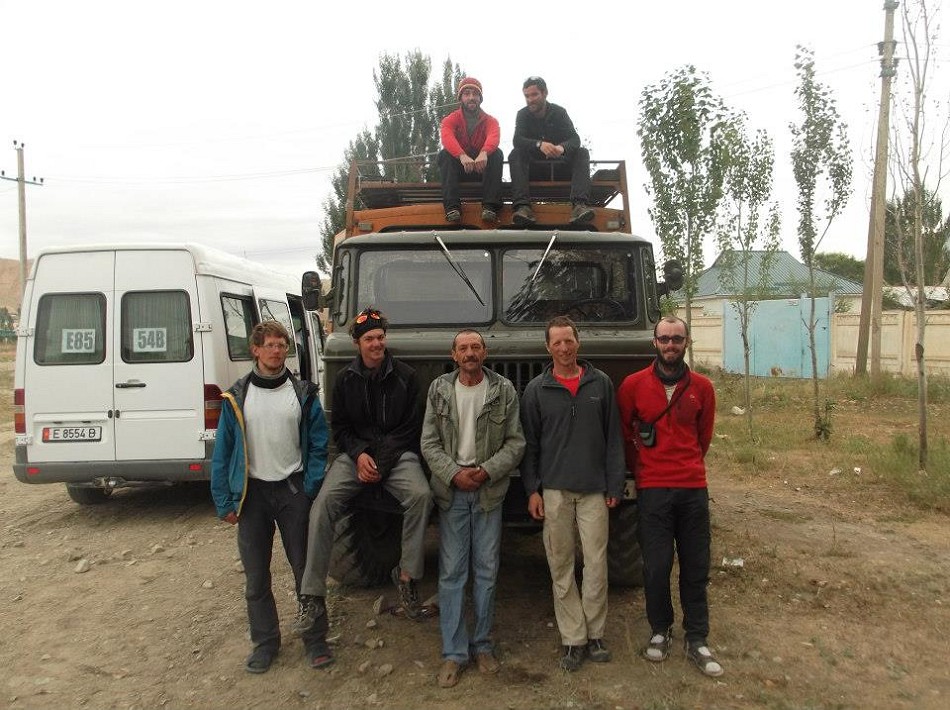
In the end, quite clearly, I came back and, having spent four months looking out of the window, finally wrote this article. Coming back, however, did not feel like waking up from a dream, as some mountaineers claim it does. There was no sense of coming back to a richer world after spending a month surrounded by blue, white and black. The air in that place to which I returned wasn't thin or crystal clear and, while it did wonders for my throat, I no longer felt like I could reach out and touch the fields across the motorway. The colours, so bright and contrasting in the strong sun of those latitudes and altitudes, had faded to a near grey in the faint, British simulacrum of sunshine. When I looked up at night, I wondered who had stolen the real stars and replaced them with these barely visible pinpricks over my head and when I closed my eyes, all I would see would be mountains and snow. In other words, I had returned from a world which looked, smelled and felt very much real, where the achievements were tangible and the risks perceptible, where everyone drove like they were trying to get somewhere (instead of alternating between napping at the wheel and chasing pedestrians off their roads), to one where the non of this seemed to hold true. In the end, coming back had felt like falling asleep after a long and tiring day, knowing that it would be months, if not years before an opportunity to wake up presented itself.
A PDF of the actual expedition Report can be found in the BMC Archives
The expedition blog: qubmc2012.blogspot.co.uk
Our brave bearded leader is giving a couple of lectures on the expedition, partially to entertain and inform and partially to raise funds for future club expeditions by the 'next generation'. So if you're over in Dublin or Belfast on the 12th (Dublin, DC, Lecture theatre QG13) or 13th (Belfast, BMC, Lecture theatre 1) of February, you know what to do...

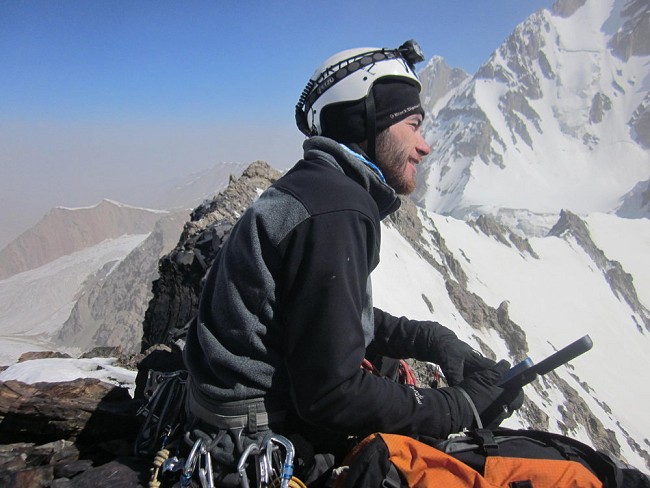
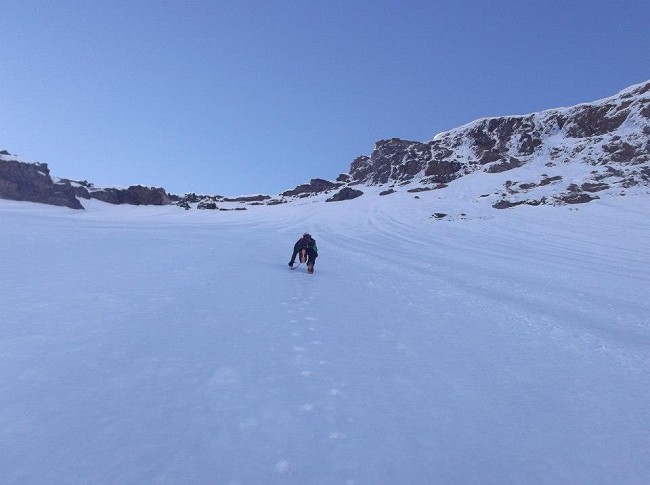

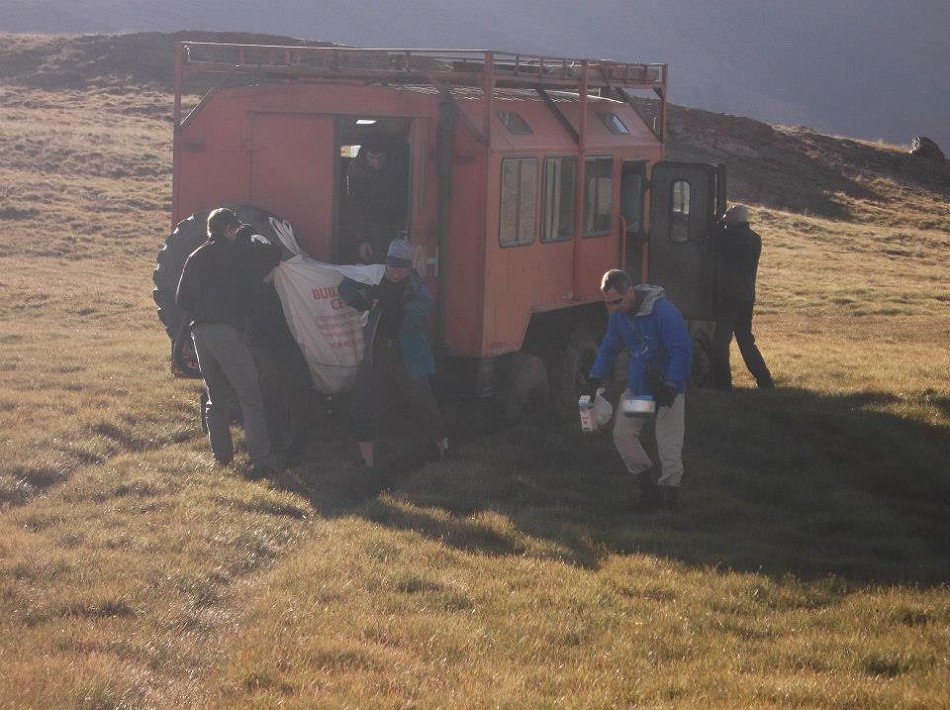
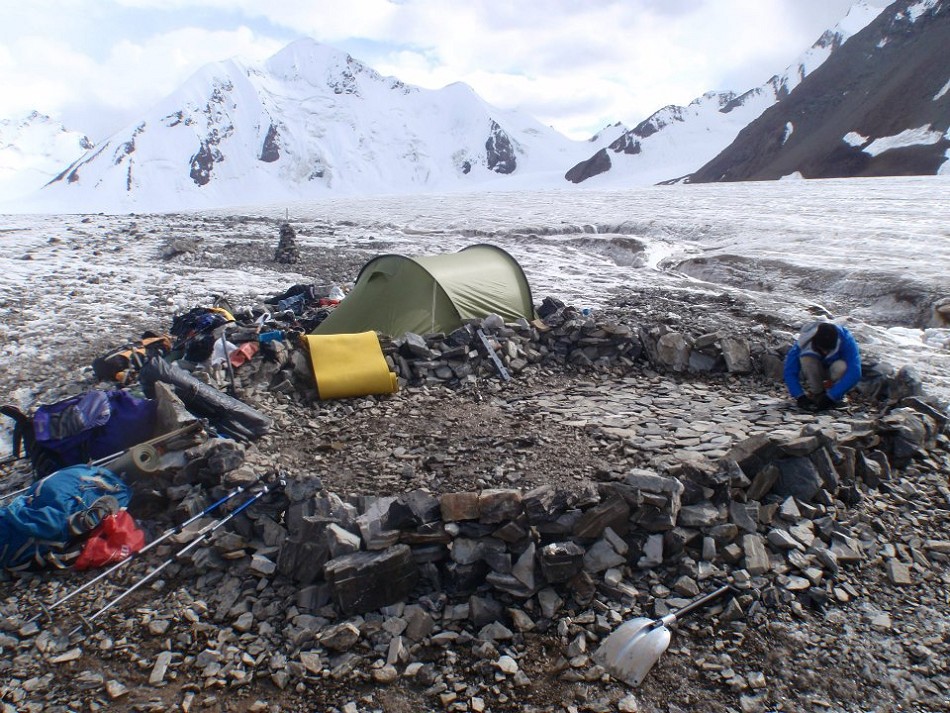

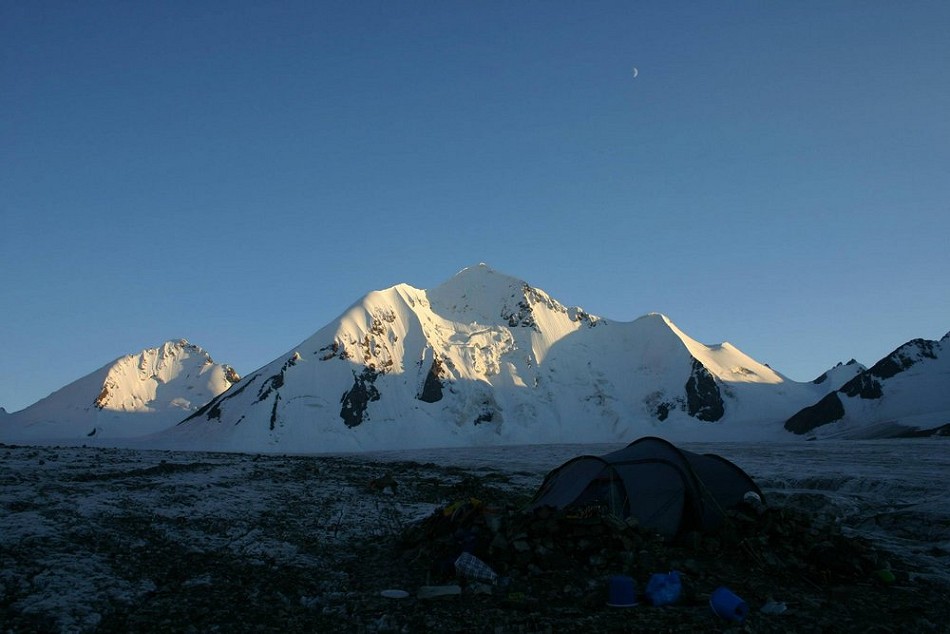
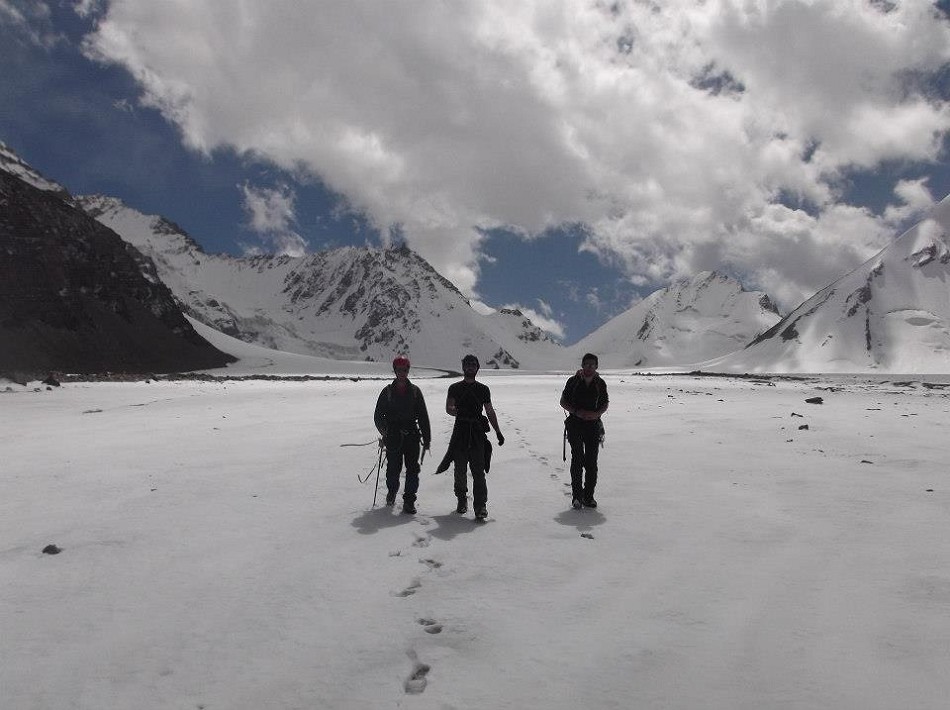
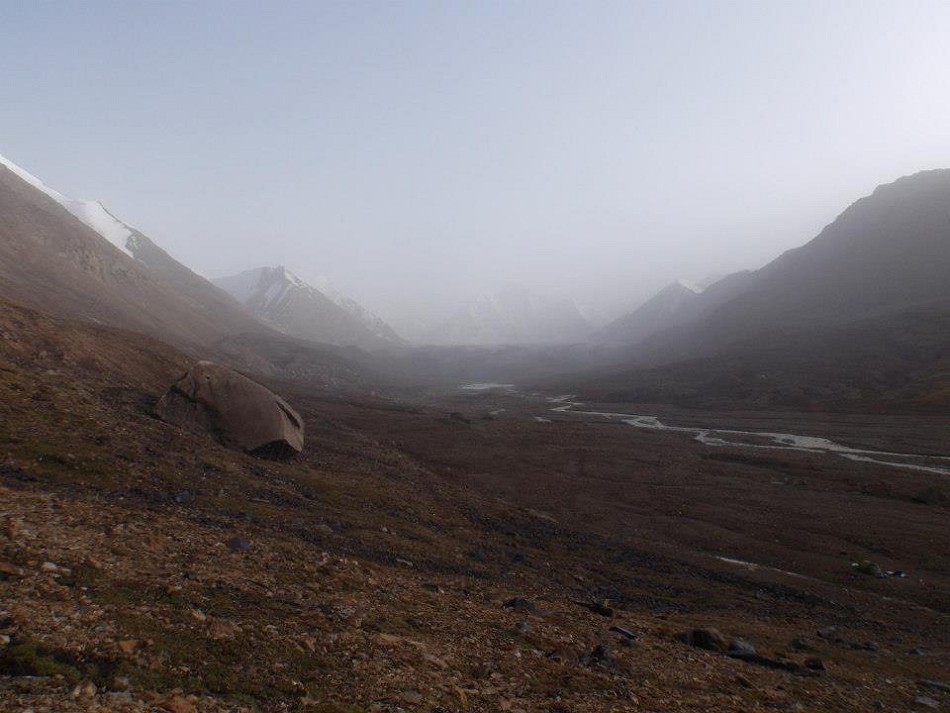
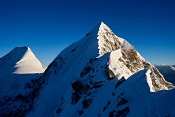
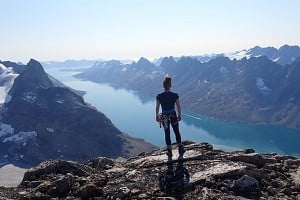
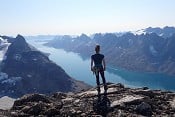
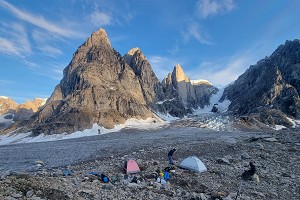
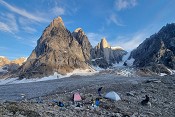








Comments